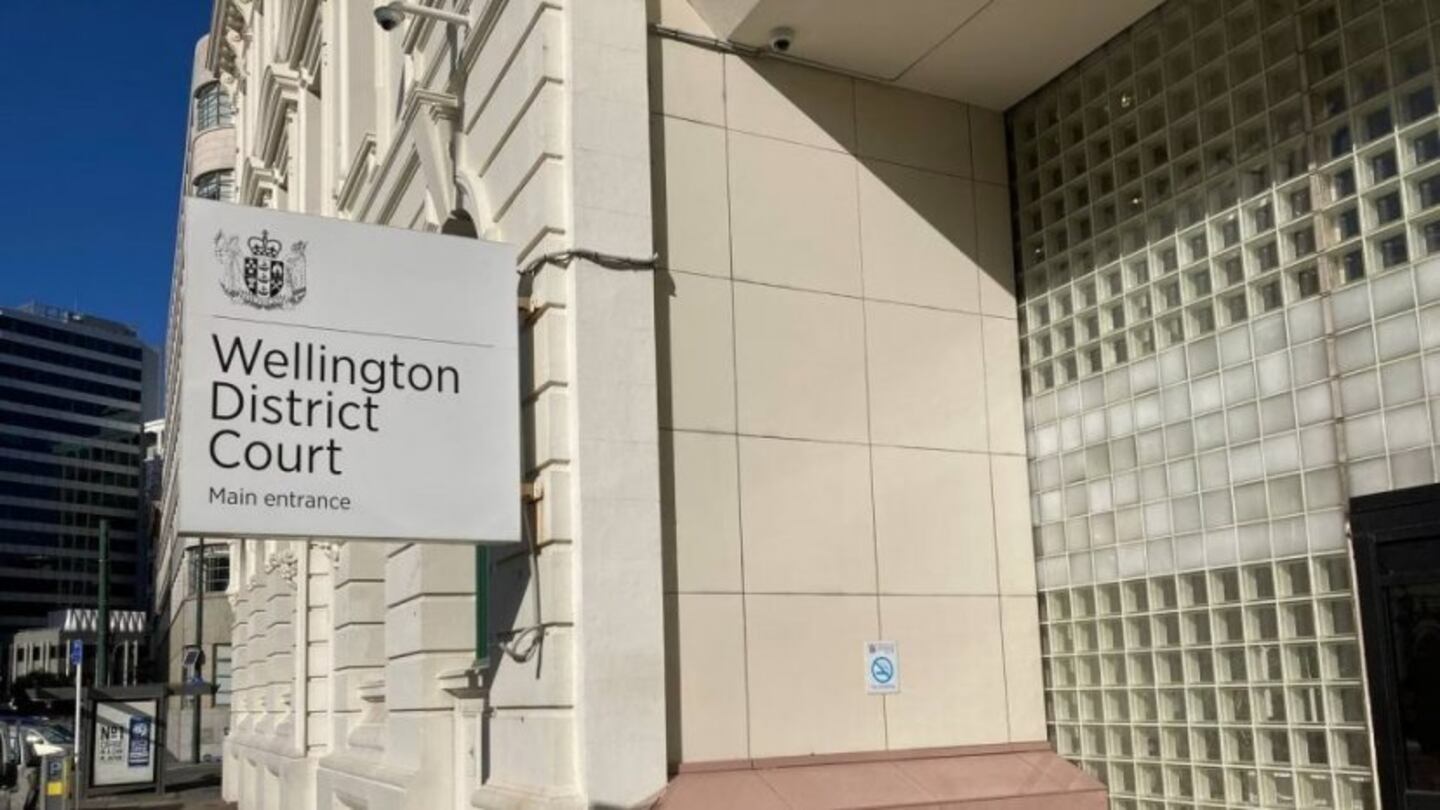One of New Zealand’s drug and alcohol counsellors says a new programme being rolled out in district courts is a “waste of taxpayer money”.
Te Ao Mārama is a judicially-led kaupapa that the Ministry of Justice says will bring a more “enlightened approach” to the justice system in 58 courts, including Palmerston North.
But Roger Brooking, a Wellington-based counsellor, who has been providing alcohol and drug reports for offenders for many years, said he is worried the costly scheme won’t work.
In 2022, Te Ao Mārama was awarded $47.5m for four years, but Budget 2024 did not provide for further investment.
The programme was guided by “best practice” framework, which included things like enhancing community connections, using plain language and toning down formalities, but another was to improve the quality of information judges received.
Brooking said the withdrawal of funding for section 27 cultural reports earlier in the year made that almost impossible to achieve.
“When [Chief District Court] Judge Hemi Taumaunu proposed this initiative, he indicated that cultural reports are required to fulfil this particular function.”
Taumaunu also acknowledged funding for such reports was limited, but said their removal could deny the court valuable information.
“Associate law professor Khylee Quince also claims these reports ‘provide essential information to judges that they cannot get from other sources’.
“However, the coalition Government has now abolished funding for cultural reports, which potentially undermines Te Ao Mārama before it even gets started.”
Brooking said judges received information from other reports too, such as pre-sentence ones written by probation officers or alcohol and drug (AOD) and mental health reports.
As part of his criminology honours degree, Brooking researched the effectiveness of these reports for sentencing an offender and interviewed six judges.
He found the “vast majority” of prisoners suffered from mental health and substance abuse issues, learning disabilities, traumatic brain injuries or other neurological disorders.
About 45% of the 60,000 people who appeared in court annually had pre-sentence reports prepared on their behalf, but judges told Brooking they saw little value in them.
“One judge said there’s very little that’s of any use in cultural, behavioural or causative factors in the probation report, and there should be. Mostly you could do without probation reports – bit of a waste of taxpayers’ money, to be honest.”
In 2021, more than 2000 cultural reports were funded, and only 176 AOD reports.
“Some of the six judges I interviewed had never even seen an AOD assessment.”
In-court clinicians to help with those issues were available in nine districts, with three in Wellington, but Brooking found just 6% of defendants in those areas in 2016 were referred to the service.
“One of these districts was Nelson, which has now withdrawn funding for court reports.”
He also noted the number of mental health reports commissioned in 2021 was 1486 – but an individual required two, so he suspected as few as 750 people were referred under the act.
This was at odds with figures from a 2016 report that showed 91% of prisoners had a diagnosis of “mental disorder”.
When those individuals abused substances, there was an increased risk in violent offending, he said.
“Referrals are seldom made on defendants with less serious mental health issues because the forensic service is overwhelmed providing insanity assessments.
“A high percentage of those appearing in court have neuro-disabilities or traumatic brain injuries. No one is screening for neuro-disabilities or traumatic brain injuries among defendants in court.”
Many of Brooking’s clients were in the criminal justice system, and he wanted to see alcohol and drug treatment courts, currently used in Auckland and Hamilton, implemented across the country.
Another part of his honours degree was to do a cost-benefit analysis of those courts, and he found they were successful at reducing reoffending, particularly in their first year.
“After 12 months, only eight participants who completed treatment had reoffended.
“This result was 86% lower than the reoffending rate of ‘matched’ offenders who went through the district court.”
According to the ministry, Te Ao Mārama was in Kaitāia, Kaikohe, Whangārei, Hamilton, Tauranga, Gisborne, Napier and Hastings courts, and other locations were being shown ways to include its principles.
Funding its expansion had been put on hold, and a review would be undertaken on its effectiveness before any further money was allocated.
- Manawatu Standard

